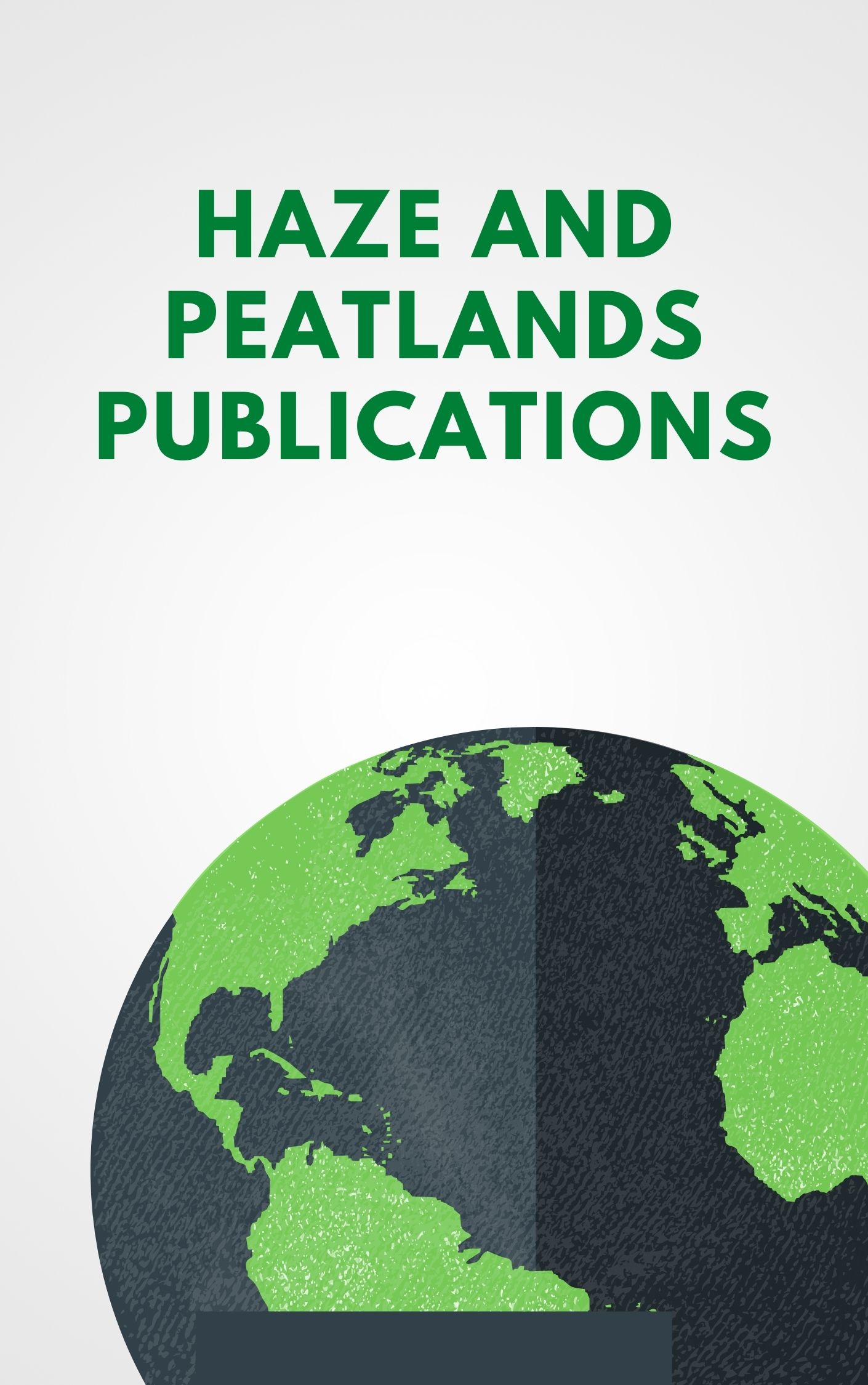In this study, we used a numerical model, MODFLOW, to simulate groundwater level fluctuations and estimate saturated hydraulic conductivity (Ks) of peat structure in a degraded environment in Central Kalimantan, Indonesia. The model was calibrated and validated using groundwater level data manually collected at 265 dipwells on a monthly basis from 2011 to 2019; the parameterized model produced Nash-Sutcliffe Efficiency coefficients of 0.97 and 0.95 for calibration and validation, respectively. We also employed machine learning algorithms to investigate sources of spatiotemporal errors produced by the calibrated model. Extreme gradient boosting (XGBoost) algorithm with R2 of 0.99 and RMSE of 0.05m outperformed random forest (RF) algorithm in predicting actual residuals. Model performance for estimating groundwater levels (GWLs) was most sensitive to precipitation, highlighting satellite precipitation data as a potential source of uncertainty. Results also showed that high spatiotemporal variation in saturated hydraulic conductivity exists across study site but that use of pilot points, which assign variable Ks values to model cells, can capture much of this variability and increase model accuracy, Nash-Sutcliffe Efficiency coefficient of 0.98.
View source

